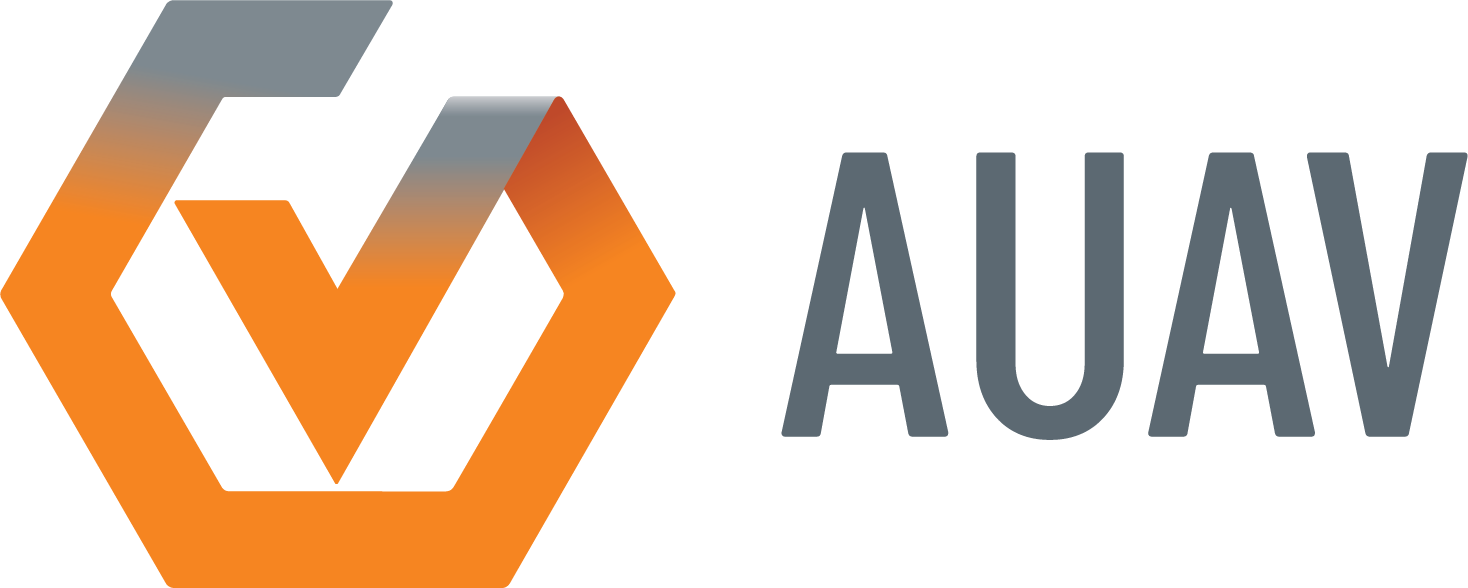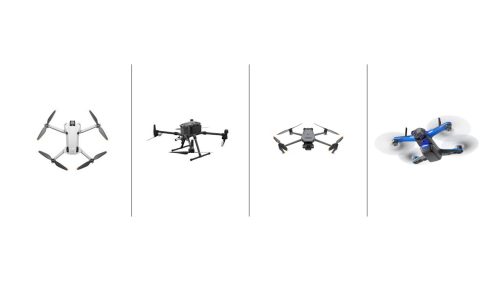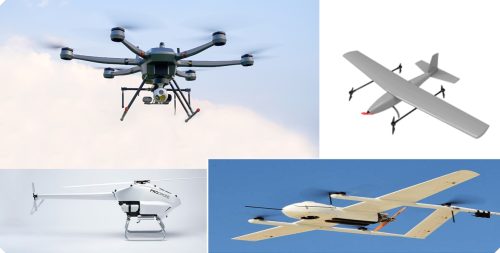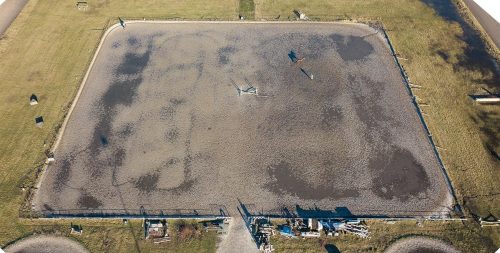Drones have become increasingly popular in recent years, with their applications ranging from aerial photography and videography to delivering packages and even performing search and rescue operations. Many business owners want to learn more about these unmanned aerial vehicles (UAVs).
In this article, we will explore the science behind how drones fly, the factors that affect their capabilities, and the limitations imposed on drones here in Australia. We will also discuss the various types of drones and examine their features. Read on to get a solid understanding of how drones work and what makes them such a valuable tool in so many industries.
How Do Drones Fly?
Do you ever wonder, “How do drones work?”
A combination of components, flight modes, and sensors to make a drone fly. The core components of a drone include the frame, motors, propellers, and batteries. The frame provides the structure for the drone, and small motors power the propellers to generate lift and thrust.
The batteries supply power to the motors and other electronic components. Some drones have additional components such as protective cages that enable them to fly in tighter areas where the likelihood of collisions is higher.
Within each drone are systems known as electronic speed controllers (ESCs). These ESCs regulate the speed of the motors, controlling the rotation speed of each propeller. They interpret signals from the flight controller to adjust motor speeds, helping to maintain stability and control.
Drones can typically fly in several different flight modes, including manual, altitude hold, GPS hold, and return to home. In manual mode, the pilot has full control over the drone’s movement either through a dedicated remote control or application on a tablet or smartphone.
In altitude hold mode, the drone uses sensors to maintain a specific height above the ground. In GPS hold mode, the drone uses GPS to maintain a specific location. In return to home mode, the drone automatically returns to its takeoff location.
Drones utilise sensors to ensure stable flight and accurate navigation. These sensors include accelerometers, gyroscopes, and GPS technology. Accelerometers measure the drone’s acceleration and tilt, while gyroscopes measure its rotation. GPS provides location information for the drone. In conjunction, these sensors help to stabilise the drone in flight and ensure accurate navigation.
How Far Can Drones Fly?
Most drones in the medium range can fly between 400 metres and 3 kilometres. However, professional drones used in commercial drone operations can fly up to 10 kilometres or more. Even with this range, it’s important to remember that your usage of drones must comply with regulations governing their use.
For example, some requirements include the need to ensure that the drone is always within the visual line of sight of the drone operator. This can limit the range in which they can be legally operated.
The factors limiting the maximum distance a drone can fly include the following:
- Battery Life
- Type of Drone (Consumer drones for recreational drone operators vs. Industrial drones for surveying)
- Communication Range
- Autonomous Navigation Distances
- Regulatory Restrictions
- Payload Weight
- Weather Conditions
- Signal Interference
The two most important limitations on the pure distance a drone can fly are its battery life and its communication range. Without power, a drone cannot remain airborne. Without a connection to the remote held by drone pilots, most drones will return to their take-off point and land.
This connection is based on radio frequency signals that can be interfered with by environmental factors and electromagnetic interference.
How High Can Drones Fly?
In addition to distance, it’s also important to be aware of the typical maximum altitude of drones. Most popular commercial models have their max altitude limited to around 120 metres or 400 feet due to typical regulations in many jurisdictions. However, the technical max altitude of drones can be much higher. The maximum height limit for the M300 DJI drone is 1500 metres!
Max altitude can be impacted by many of the same factors that impact the distance a drone can fly. Additionally, the type of drone is a major contributing factor. For example, tethered drones (drones attached to a fixed base on the ground via a cord) often have much lower max altitudes than wireless drones.
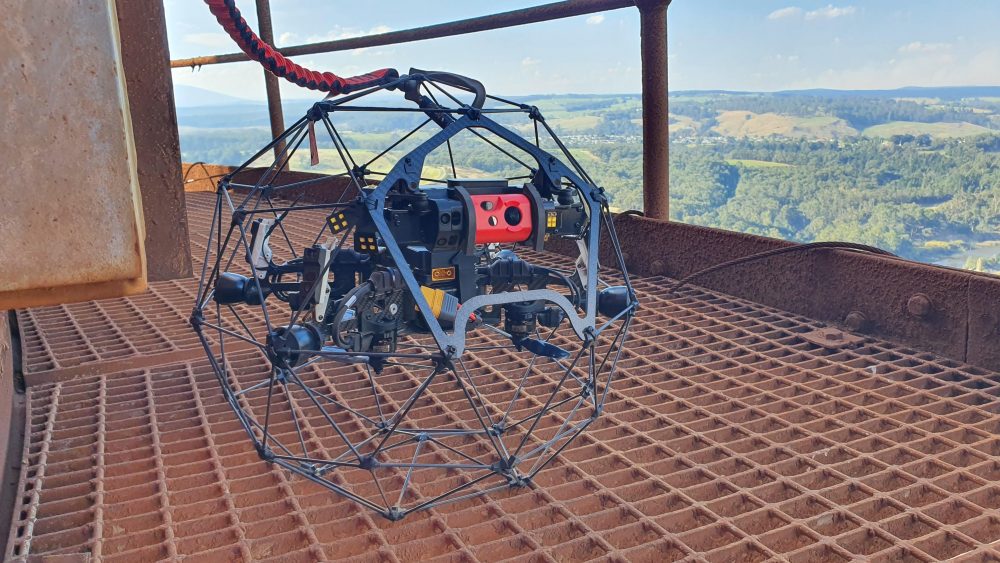
How Fast Can Drones Fly?
As with height and distance, the maximum speed of drones is often more restricted by legal regulations than by technological limitations. Consumer drones typically have very high speeds, depending on their design. In this list of popular consumer drones, the max horizontal speed ranges from 16 metres per second up to 21 metres per second.
Ascent and descent speeds are usually slower on most drones, with the range falling between 5 metres per second and 10 metres per second.
Professional drones can achieve speeds of up to 64 or even 113 kilometres per hour, and specialised drones, such as racing or military drones, can even go up to 160 kilometres per hour.
What Are The Limitations Of Drones In Australia?
There are several legal regulations that you should be aware of before using drones for commercial or recreational purposes. Below, we break down the most important rules to follow.
For commercial purposes, these are the rules to know:
- You must have either an operator accreditation or a remote pilot licence, depending on the size of your drone.
- You must be 16 years or older.
- Your drone must have Commercial Drone Registration.
- You must not fly your drone higher than 120 metres above ground level.
- You must keep your drone at least 30m away from other people.
- You must keep your drone within a visual line of sight.
- You can only fly one drone at a time.
- You can only fly during the day and not through clouds or fog.
- You must not fly your drone near any area impacting public safety.
- You must not fly over people or over a populous area.
This is not a complete list of all laws and regulations impacting commercial drone flight. However, this should give you a good idea of the importance of safety when it comes to conducting a drone flight.
Furthermore, be aware that this is still a dynamic space from a legal perspective, and new rules and regulations are coming out all the time. For the latest information, consult the website of the Civil Aviation Safety Authority of Australia, the government organisation responsible for drones.
What Are Drones Used For In Commercial Industries?
Drones are seeing increasing usage across a variety of industries in the commercial sector. Currently, one of the most popular uses of drones is in aerial photography and videography. Drones equipped with high-resolution cameras can capture stunning aerial footage of landscapes, buildings, and other structures.
Frequently used by real estate agents, drones can be used to showcase properties from a unique perspective. Filmmakers can capture shots that would be impossible with traditional camera equipment.
Another popular use of drones in commercial industries is for surveying and mapping. Drones can be equipped with LiDAR or photogrammetry sensors to capture precise 3D maps of land, buildings, and other structures. This is particularly useful for construction companies, who can use the data to plan and design buildings, roads, and other infrastructure.
Drones are also being used in agriculture to monitor crops and livestock. Companies like Amazon and UPS are testing drone delivery systems that can deliver packages directly to customers’ doorsteps, and search and rescue teams are even utilising drones to save lives and reduce risks to rescue personnel.
Choose AUAV For All Your Drone Inspection Needs
AUAV provides a quality and consistency of service to our clients in Australia that is unmatched. We’re about more than just state-of-the-art drone technology and equipment, we’re about data solutions.
We are certified by the Australian Civil Aviation Safety Authority and can provide you with nearly any kind of drone service you could need for your next big project. If you’re looking for a reliable, professional team to provide you with customised drone services, AUAV is the way to go. Reach out to us today!
